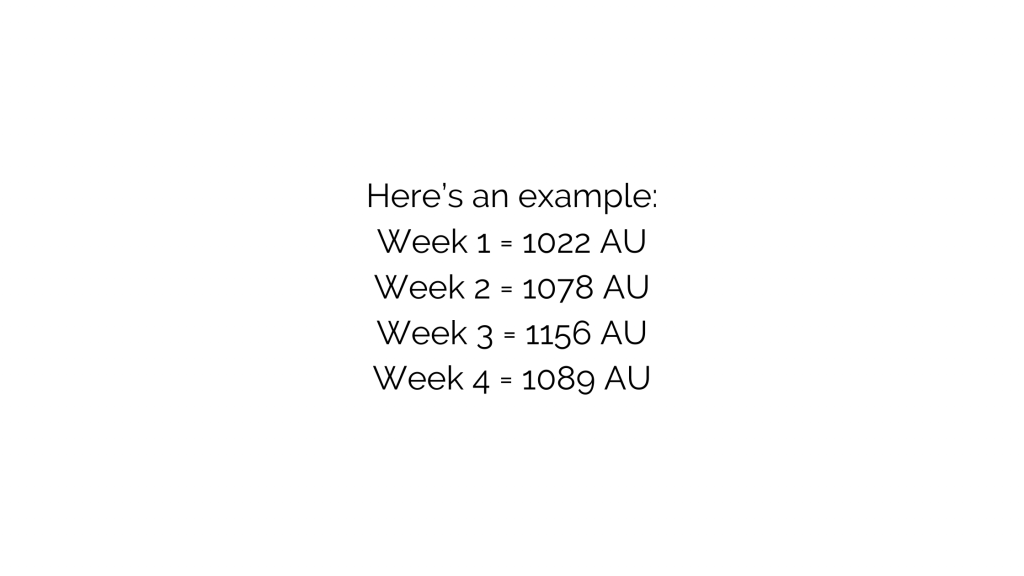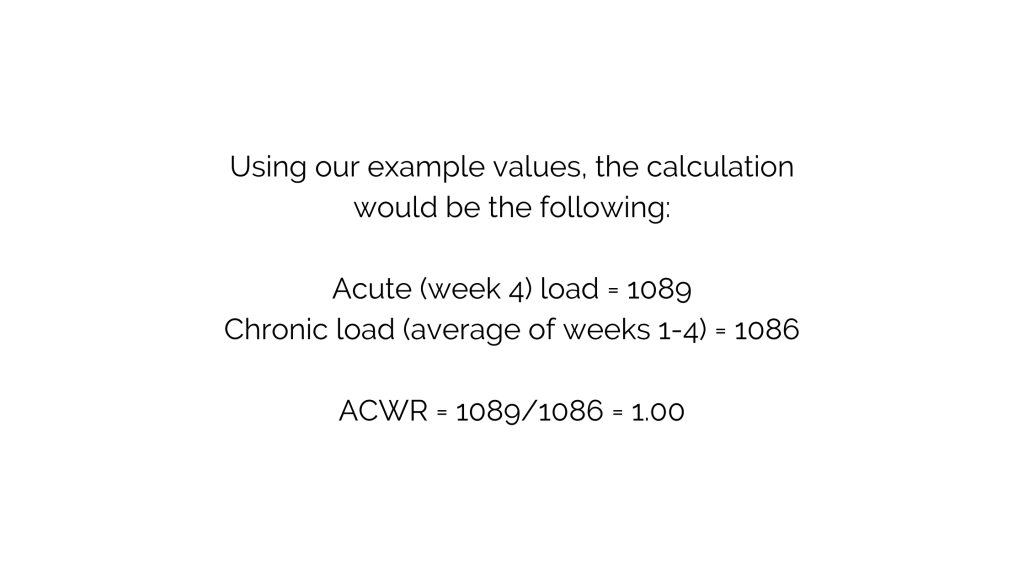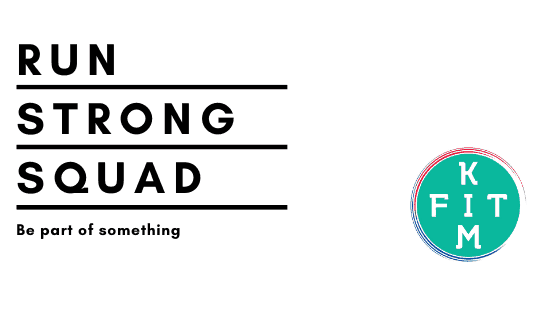How To Increase Running Mileage Safely.
Part 2: Finding The Sweet Spot
In this blog I will outline how to manage training load and find the sweet spot to improve readiness to train and reduce the risk of injury. If you haven’t yet read part 1 then I’d recommend you head back and read it before moving on to this blog. You can read it here.
Finding the ‘sweet spot’
We know that a high training volume is supportive of good performance; that’s why availability to train is so important. However, how often have you been in the shape of your life only to get injured and watch all that hard work go down the drain? I know I have.
Finding the balance between hard training and getting injured is key. The goal is to maximise the stimulus of training whilst minimising the negative effects of injury. One way to better understand your training load and achieve this balance is to look at your acute:chronic workload. Tim Gabbett (an Australian sport scientist), developed this concept and it is used in elite sport environments to track athlete load and manage injury risk.
If you’ve been recording your weekly load using the sRPE x duration method, then you’re well on your way to being able to do this (not sure what I am on about? Check out this blog). The idea is to understand your level of preparedness for the current week based on what you have done over the past four weeks.
Acute:Chronic Workload
Acute load is your weekly load and represents your ‘fatigue’. Chronic load, on the other hand, is the average load of your past 4-6 weekly loads and represents your ‘fitness’. When you divide acute load by chronic load you get your acute:chronic workload ratio (ACWR).
Research has established a relationship between injury risk and ACWR which improves our understanding of training load in relation to injury risk.
An ACWR of 0.8-1.3 is known as the ‘sweet spot’ and a productive place to be with a low injury risk (Gabbett, 2016). Exceeding 1.5 leads to increased injury risk and this should be avoided or under controlled conditions and on an infrequent basis. Sitting lower than 0.8 is also discouraged.
Training too little also increases injury risk. There is a protective effect of high training loads with both spikes and troughs both having the potential to contribute to injuries and negative outcomes. As an athlete, you are better able to tolerate high-intensity components when you’ve been exposed to higher chronic training loads. (Hulin et al., 2016)
However, this does NOT mean you have a free pass to go out and train without restraint. Adverse effects of training are also dose related with most illness or injury occurring when the training loads are high. The goal is to sit, for the most part, in the ‘sweet spot’ whilst incorporating regular ‘deload’ periods (days or weeks with lower training volume and/or intensity) into your plan.
Putting it into practise
Record training load (sRPE x duration; AU) for all sessions over the course of a week. The sum of this is your acute workload.
Repeat for four weeks to get sufficient data.
Then divide the acute workload by average of the past four weeks acute workload (this is your chronic workload). The number you get is your ACWR. Aim for 0.8-1.5 for lower injury risk.
I use a four week rolling average, but exponentially weighted moving average is also popular. You can find a comparison of the two methods here.
Training load changes
If you’re looking to increase training load (miles or intensity) then this method can support you to do this in a safe way. The rule of thumb is to increase weekly training load by 10% (max) every week. Beyond this, injury risk increases. The premise is that the training you have done over the past four weeks serves to protect you from the planned load of the next week. So, you train within the capacity you have built up over time. If you exceed 10% then you are working out with your capacity and your tissues may not be able to tolerate the load and injuries can occur.
Considerations
Training load tolerance is variable and depends on many factors. It is not a fixed science and your ‘sweet spot’ may differ slightly from the 0.8-1.5 range. What you can tolerate will depend on your age, training history, injury history and part of your season. Experiment with what works for you; but remember this range is not set in stone and while lot of injuries are in theory, preventable; in reality injury occurrence is a complex set of events which is often quite unpredictable and difficult to catch before it is too late.
Monitoring load is a prudent way to approach training when using both external and internal load measures. My advice would be to pick a few metrics that you know you’ll adhere to. The data is meaningless if it has holes. Be thorough and record ALL your training. Don’t worry if you’re doing it right. Just be consistent in how you’re doing it because the only person you’re comparing against is you.
To conclude remember this.
“Training load may be the ‘vehicle’ that drives you towards OR away from injury.”
Gabbett, 2016
And injuries suck, so manage your load carefully.
I offer training load monitoring and management as part of my Run Strong Pro membership. If you’d like to know more, you can check it out here.






